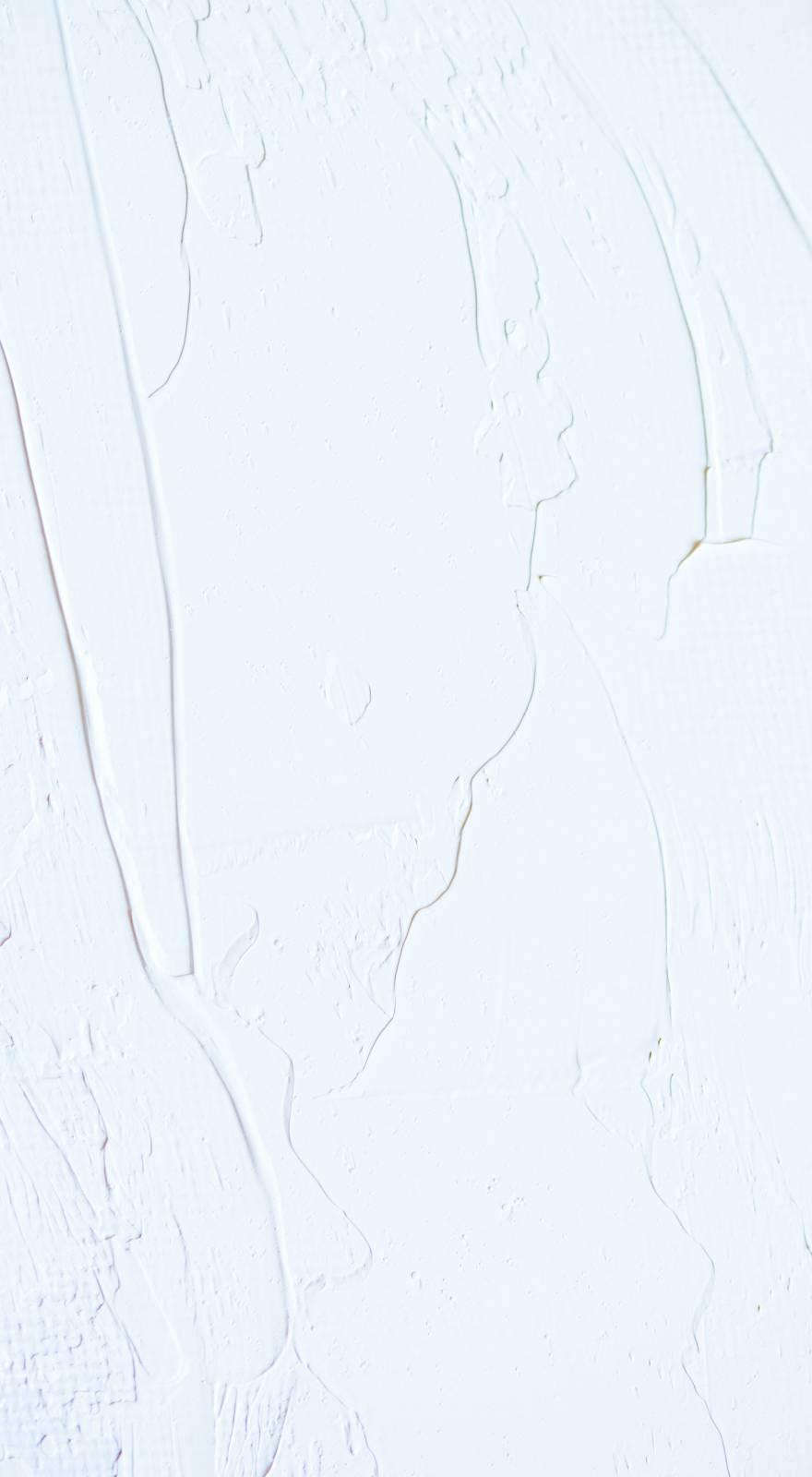Knowde Enhanced TDS
Identification & Functionality
- Technologies
- Product Families
Features & Benefits
- Labeling Claims
- Ready-to-Use Product Features
- Benefits
- Extra traction in hazardous areas.
- Chemical resistant
- Easy to apply using a roller
- Range of anti- slip possibilities allowing for maintenance.
- Withstands foot, vehicle traffic, mechanical scrubbers, etc.
- Suitable for concrete and metal.
- Solvent free
Applications & Uses
- Markets
- Uses
Include factory floors, ramps, loading bays, steps, wheelchair ramps, anti-slip decking panels.
- Application Procedure
Minimum application temperature is 10°C.
Surface Preparation
Concrete substrates must be at least 28 days old and be clean, dry, sound and free of laitance, oil, grease and any other surface contamination which could impair adhesion. Existing floor areas will require mechanical abrasion to reveal clean concrete. Enclosed vacuum blasting equipment or vonarx type scabblers should be used. Any areas which have been contaminated with oil or grease should be treated with hot compressed air blasting equipment. This will drive out any deep-seated contamination. Any areas of damaged concrete should be broken out and reinstated. For small areas of thin section repairs - less than 10mm in depth - an epoxy resin repair mortar should be used. For larger area thicker section repairs a polymer reinforced cementitious repair mortar should be used. Any cracks in the substrate in excess of 1mm wide should be chased out to a minimum width and depth of 5mm and repaired with an epoxy resin mortar. Finer cracks do not normally require pretreatment as they can be flooded with Eurogrip 125.
Any existing floor coatings which are not soundly bonded to the substrate must be removed prior to the application of Eurogrip 125. Adhesion tests should be carried out to ensure compatibility with Eurogrip 125. For newly laid concrete substrates which have been allowed to cure for the minimum 28 days, a light pass with enclosed vacuum blasting equipment is required to. It will lightly texture the substrate and ensure that all laitance and the remnants of any curing membranes are removed. Any flexible joints within the concrete substrates should be protected with masking tape. The perimeters of the area being treated, along with any grids, drains etc. should be protected with masking tape. Immediately prior to the application of the primer coat, the concrete substrate should be thoroughly vacuumed to remove all dust and other deleterious matter.
Priming
A primer is not always required prior to the application of Eurogrip 125. However, when coating porous concrete an initial application of Resicote Primer CS can prove beneficial.
Mixing and Application
Eurogrip 125 is supplied in pre-weighed packages. Mix the contents of pack B using a mechanical paint stirrer ensuring the contents are evenly dispersed. Add pack A (curing agent) and mix with the mechanical paint stirrer for 60 seconds. Apply immediately to the fully prepared substrate by brush or roller. The aggregate dressing should be applied to the surface at the required rate and within 15mins of laying the Eurogrip 125. The material is then backrolled until all of the aggregate is coated (unless fully blinded - see below) As soon as practical after the first coat has cured tack free (approx 8hrs @20°C) the second coat of Eurogrip 125 should be mixed and applied in an identical manner as the first but without the aggregate dressing. No more than 24hrs should be allowed between coats. If the first coat has been fully blinded with aggregate the excess may be swept up and removed after approximately eight hours (at 20°C). Care should be taken to remove all excess aggregate. This will leave a residual aggregate loading of approximately 1kg/m2 . At an ambient temperature of 20°C, Eurogrip 125 may be lightly trafficked after 24 hours, with 48 hours being required prior to heavier trafficking.
Technical Details & Test Data
- Coverage and Cure
The coverage rate of Eurogrip 125 is depend upon the texture and porosity of the substrate, but should fall in the range of 4-5m2/liter/coat.
- Pot Life (20°C) - 30 minutes
- Touch Dry (20°C) - 8 hours
- Primary Cure (20°C) - 24 hours
- Full cure (20°C) - 7 days
- Average Film Thickness Per Coat - 200 microns
- Chemical Resistance
Eurogrip 125 exhibits excellent resistance to a wide range of chemicals, and is fully resistant to the following:
- 10% Sulphuric Acid
- 10% Hydrochloric Acid
- Xylene
- Petrol
- Skydrol
- 20% Sodium Hydroxide
- Ethylene Glycol
- Methyl Ethyl Ketone
- Trichlorethylene
Safety & Health
- Health and Safety
It is recommended that barrier cream, gloves and overalls be worn when using Eurogrip 125.
Packaging & Availability
- Colors
Range of BS and RAL available.
- Packaging
4.5kg and 2.25kg in plastic pots.;
Storage & Handling
- Storage
In sealed containers between 5°C and 30°C.
- Cleaning
Tools can be cleaned with a suitable hydrocarbon solvent provided initial cure of resins has not taken place.



